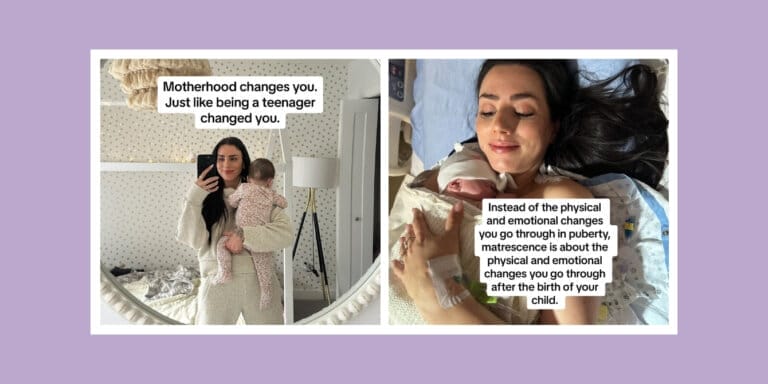What’s A Midwife?

7 things you need to know about birthing with a midwife.

You’ve heard about midwives, read about them, and maybe even watched an episode or two of the highly acclaimed British TV program, “Call the Midwife.” But let’s get real. It’s 2016, and we live in America – not in the fifties, in east end London, England. So what is it really like to work with a midwife?
All midwives, whether they are from a solo practice or from a group practice, pride themselves on working hard to help women stay healthy during their pregnancies. They provide a vast amount of information and education to their clients during pregnancy, labor and birth; and they do their best to instill confidence in a woman’s body and ability to bring life into this world. All in all, midwives are a reliable and continuous source of emotional support striving to keep mother and baby healthy and safe during this miraculous time of life.
The field of midwifery remains a mystery to many women, so we’ve outlined 7 facts about midwives. Unless your pregnancy is considered high risk, a midwife can be exactly the healthcare provider that you and your growing baby need.
1. Midwives have attended women during childbirth longer than doctors. They are independent healthcare providers and have been around since the beginning of time. Though they now have medical training, they have been caring for the expecting and laboring mom to comfort and coach her throughout the birth and postpartum experience. Philosophically, midwives do not see birth as an illness. Rather, they see it as a natural process that the woman’s body was created to do.
2. Midwives can have different levels of training. But they are all well educated, trained in accredited midwifery schools, and are licensed by the State they practice in. They can either be certified nurse midwives (CNMs) or Certified Midwives (CMs, which means they are not nurses), both of which are accredited and supervised by the American Midwifery Certification Board. Both groups practice in accord with the Standards for the Practice of Midwifery as defined by the American College of Nurse-Midwives. They can also be Certified Professional Midwives, (CPMs), a group that is set and regulated by the North American Registry of Midwives (NARM). Midwives are certified state by state with their own regulating boards.
3. As long as you and baby are healthy, midwives can work with you in different settings. They can practice in hospitals, hospital birthing centers, free-standing birth centers, and at home. They carefully screen (and are trained to do so) women to uncover any health challenges and preexisting medical conditions. If they assess a high risk factor, they will refer their client to the appropriate healthcare provider — be it an obstetrician, a perinatologist, a genetic counselor or other medical professionals. That said, midwives can also team up with obstetricians to co-manage pregnant women who may develop higher risk medical conditions like gestational diabetes and pregnancy induced hypertension. Midwives do not perform c-sections, though some of them get trained and credentialed to assist in the procedure.
4. Midwives strive to establish positive, nurturing and trusting relationships with their clients. Since they see birth as a natural process, they believe women are strong and have the power from within to birth their babies. These ideas are discussed openly and enthusiastically to help women believe in themselves so that they are confident that childbirth is something they are innately capable of mastering. To them, a successful birth can be vaginal, through a c-section, and with or without pain relief medications — a healthy baby and mother are ultimately their primary goal.
5. Unless you deliver at home, a midwife can prescribe an epidural or other kinds of pain medications. Both CNMs and CMs have prescription privileges in the states where they hold a license. What’s more, midwifery care is actually reimbursed by most health insurance companies.
6. Midwifery care goes beyond pregnancy and birth. Midwives can help you with breastfeeding and with your baby’s initial latch right after delivery. You’ll also see your midwife at your postpartum visit, roughly 6 weeks after giving birth. Midwives see women for annual well-woman visits, contraception counseling, VBAC counseling, (vaginal birth after cesarean section) and twin pregnancies — though VBAC and twin pregnancies are co-managed with an obstetrician. If you had IVF or IUI, you can work with a midwife barring other high-risk medical factors.
7. Midwives can also be men! While you may think of a midwife as female, midwifery schools are also graduating male midwives. In fact, 2 percent of midwives are men, and the number keeps increasing.
The American College of Midwives website can provide you with more information about midwives and can help you find a midwife in your area. The New York City Midwives website is a great resource to find a local New York City midwife. Check them both out!


































